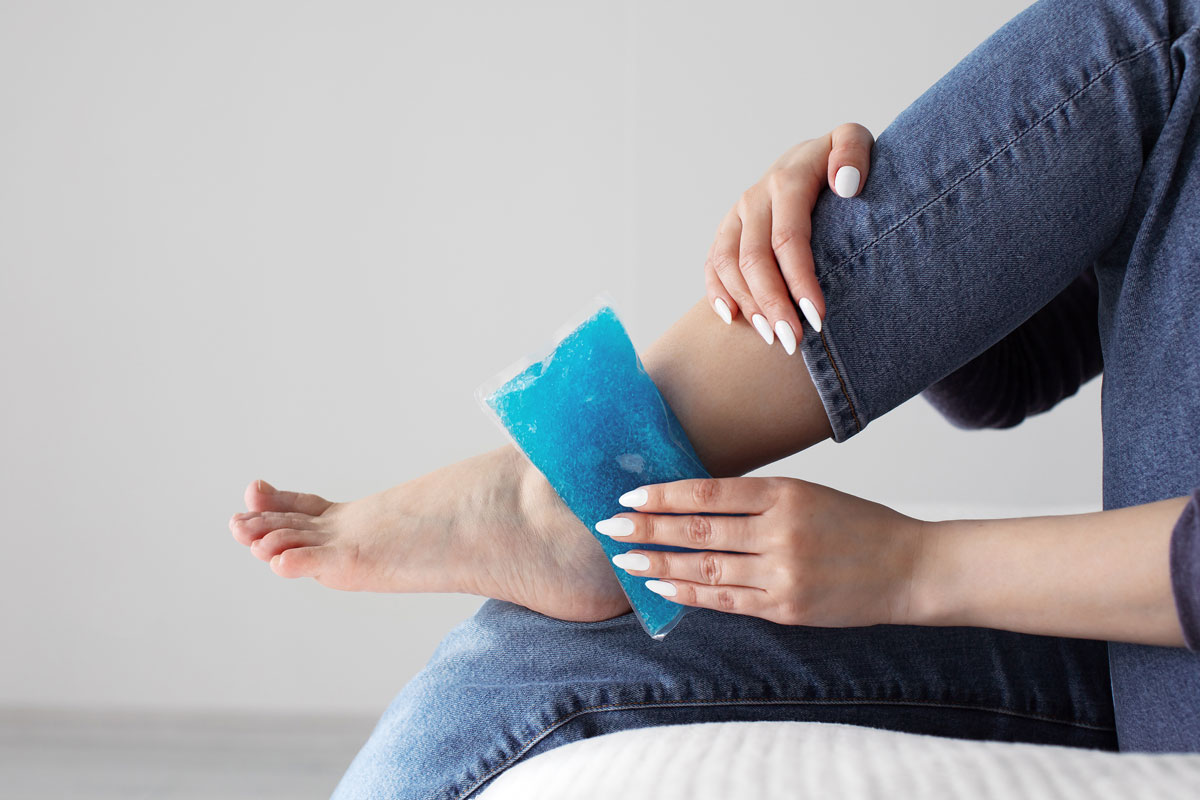Proper Ways To Apply Ice To An Injury (RICE)
Physical injuries, while common, should be taken very seriously. Even the smallest injury, if not properly treated, can become a serious health issue. Taking this into consideration, once you’ve experienced any type of injury, the first thing you should do is remember RICE. RICE stands for rest, ice, compression, and elevate.
1. R – Rest
If an injury occurs during an exercise routine or a sporting event, do not hesitate to stop what you’re doing to take a rest. A sports injury should not be dismissed easily, so when one occurs, you should seek assistance from a professional pain specialist. You can find one by searching for “acute pain long beach ms” in your internet search engine.
If you’re on your own during an exercise routine, immediately stop your exercise routine to rest your injured body part. If the pain subsides, finish your exercise routine at a slower, gentler pace. If you receive an injury doing any other activity, take a break immediately to rest the injured body part. Regardless of how you acquired your injury, begin step 2 as soon as possible.
2. I – Ice
Ice can work wonders on sore or injured muscles if applied properly. In order for an ice compress to provide maximum healing to your injured muscle or joint, it must be applied as soon as possible. Ice can provide relief to an injured muscle or joint in two ways. First, ice will reduce blood flow to the injured area which will reduce swelling and inflammation. Secondly, the cold temperature of the ice will numb the nerve endings within the injured area to provide you with temporary pain relief.
Never put an ice pack on your bare skin. Always wrap it in a towel or cloth first. Apply the covered ice pack three times a day for 10-20 minutes per session. Do this every day for 2-3 days until the swelling subsides. Once the swelling is reduced, apply a heat pack to treat the pain. If a cold compress and a heat pack aren’t helping to remedy your injury, consider seeking help from professional pain relief specialists by searching for “pain relief long beach ms” in your internet search engine.
3. C – Compress
In between using cold compresses and heat packs, be sure to keep your injured area wrapped in a compression bandage. Compression bandages help to further reduce the swelling and inflammation to expedite healing and provide relief from the pain. Don’t wrap your injured area too tightly. Increased pain, tingling, and numbness are signs that the bandage is too tight and requires loosening. If the pain lasts longer than three days, consult a doctor or local pain specialist. You can find one by searching for “pain relief long beach ms” in your search engine.
4. E – Elevate
Keeping the injured body part elevated is essential to the healing process. Whenever you’re resting or using a cold compress, elevate the injured area up to the level of your heart. This will help to further reduce swelling.
If following these four steps doesn’t help to ease the pain of your injury or the swelling, you should see your physician or a pain specialist. You can find one by searching “acute pain long beach ms” in your search engine.

